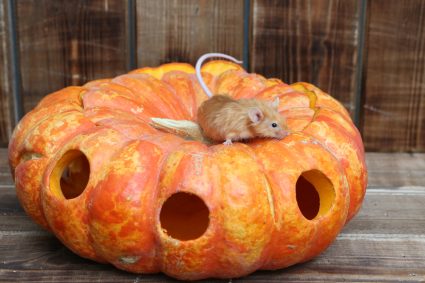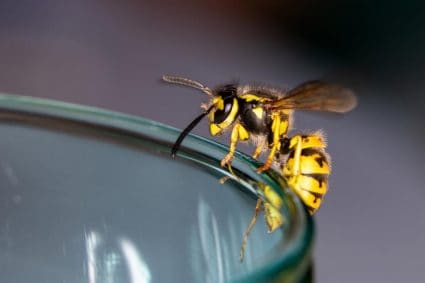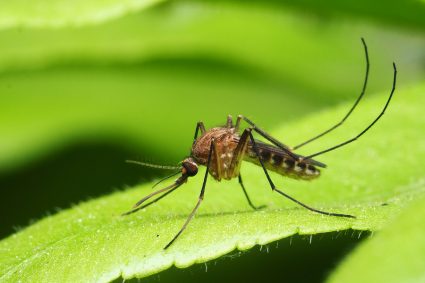
Owls and hawks are majestic creatures, but when they pose a threat to your pets, livestock, or the tranquility of your home, it becomes necessary to find ways to deter them. This comprehensive guide will provide you with multiple effective strategies to deter owls and hawks, all while ensuring that these protected species are not harmed.
To deter owls and hawks, remove perching areas and food sources, install night lights with strobes, use noise devices, place roosting spikes, and employ visual deterrents such as reflective objects. Scare devices like scarecrows or predator decoys can also be effective. Always remember to use non-harmful methods as these birds are often protected species.
Why Deter Owls and Hawks?
Owls and hawks can pose a threat to small animals, including pets and livestock. They can also disrupt local songbird populations and cause noise disturbances. In some rare cases, they can exhibit aggressive behavior towards humans, especially when defending their territory, nests, or young. Moreover, their droppings and other debris can be unsightly and unsanitary.
Effective Strategies to Deter Owls and Hawks
Remove Perching Areas
Eliminating trees and other potential perches within 100 yards of your home or animal enclosures can discourage owls and hawks from scouting for prey.
Install Night Lights with Strobes
Owls and hawks dislike well-lit areas, especially ones with strobe lights. Installing night lights with strobes near your home or livestock area can help deter these birds.
Use Noise Devices
Owls and hawks generally do not like loud noises while hunting. You can create noise devices with aluminum cans or wood to scare them away.
Install Roosting Spikes
Place roosting spikes on potential perching areas to make it difficult for hawks and owls to perch and observe their prey.
Use Visual Deterrents
Hang reflective objects, such as CDs or aluminum foil strips, around your property to create flashing lights and movements that deter hawks.
Employ Scare Devices
Scarecrows, fake owls, or other predator decoys can help deter hawks and owls from your property. Remember to move the decoys periodically to maintain their effectiveness.
Remove Food Sources
Eliminate food sources that attract hawks and owls, such as rodents and small animals, by securing garbage and using environmentally friendly repellents.
Provide Shelter for Smaller Birds
Offer natural cover, such as dense trees, thick shrubbery, and brush piles, for small birds to hide from aerial predators.
Legal Considerations
Remember that hawks and owls are protected species in many countries, so it is essential to use non-harmful methods to deter them from your property. It is recommended to use a combination of these methods for the best results.
Common Mistakes to Avoid
Avoid relying on a single method, not repositioning decoys, inadequate protection for livestock and pets, not removing vantage points, and ineffective use of reflective materials.
Products and Services to Deter Owls and Hawks
There are several products available in the market that can help deter owls and hawks from your property. These include fake owl decoys, Nite Guard Solar lights, Nite Guard Repellent Tape, bird netting, roosters, noise deterrents, and reflective bird scare tape.
Natural and Humane Ways to Deter Birds
Finally, using shiny objects, predators, garden balls, bird spikes, repellent sprays, baking soda, chili pepper mixture, and bird netting are all natural and humane ways to deter birds.
Remember to always respect these beautiful creatures and their role in our ecosystem. The goal is to deter them from causing harm, not to harm them. Always consult with a licensed wildlife removal service before attempting to remove birds, as some wild birds are protected under federal or state laws.
Frequently Asked Questions
What are some of the signs that owls or hawks are causing disturbances in my property?
Signs that owls or hawks are causing disturbances can include frequent sightings of these birds, missing or frightened pets, reduced songbird populations, and presence of bird droppings or feathers around your property.
Can I use these deterrence methods for other birds of prey as well?
Yes, these methods can be effective for deterring other birds of prey such as falcons and eagles. However, it’s always best to research specific strategies for different bird species as their behaviors and preferences can vary.
Will these deterrence methods completely eliminate the presence of owls and hawks?
While these methods can significantly reduce the presence of owls and hawks, they may not completely eliminate them. Birds of prey are highly adaptable and may still visit your property, but these strategies can make it less appealing for them to stay.
Is it safe to install roosting spikes on my own?
While it’s generally safe to install roosting spikes, it’s important to take necessary precautions such as wearing gloves and using a stable ladder. If you’re not comfortable with the process, consider hiring a professional.
How often should I change the location of my decoys?
It’s recommended to change the location of your decoys every few days. Owls and hawks are intelligent creatures and they may realize the decoys are not real if they remain in the same place for too long.
Do I need any special permission to install deterrence devices?
Generally, no special permission is needed to install deterrence devices on your own property. However, it’s always a good idea to check local regulations and guidelines to ensure you’re not violating any laws.











